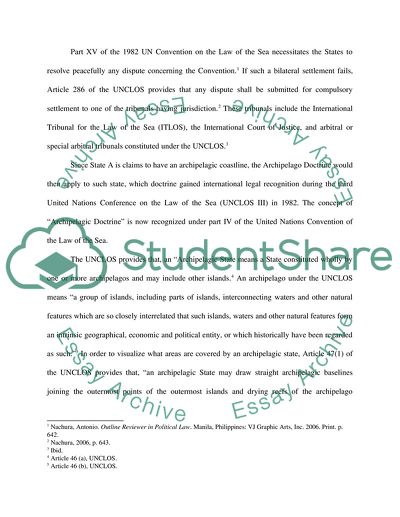Cite this document
(Determination of Sovereign Rights over the Islands and Areas Case Study, n.d.)
Determination of Sovereign Rights over the Islands and Areas Case Study. Retrieved from https://studentshare.org/law/1733240-shipping-law-case-study
Determination of Sovereign Rights over the Islands and Areas Case Study. Retrieved from https://studentshare.org/law/1733240-shipping-law-case-study
(Determination of Sovereign Rights over the Islands and Areas Case Study)
Determination of Sovereign Rights over the Islands and Areas Case Study. https://studentshare.org/law/1733240-shipping-law-case-study.
Determination of Sovereign Rights over the Islands and Areas Case Study. https://studentshare.org/law/1733240-shipping-law-case-study.
“Determination of Sovereign Rights over the Islands and Areas Case Study”, n.d. https://studentshare.org/law/1733240-shipping-law-case-study.


